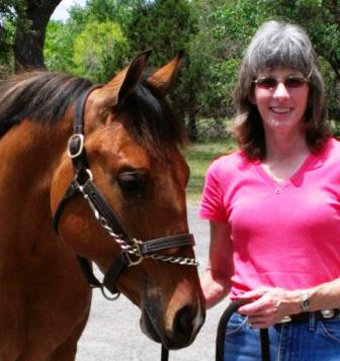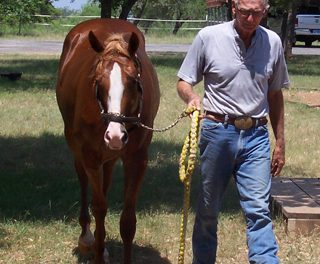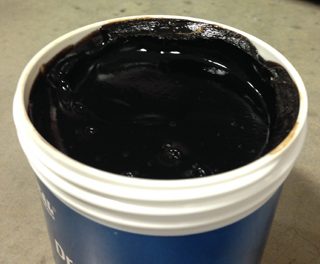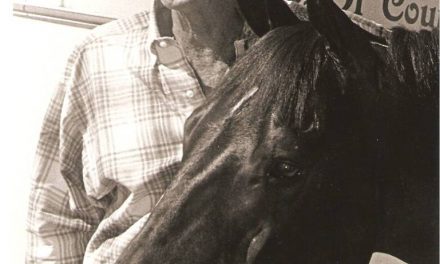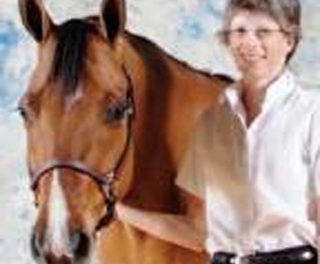The Way Of Horses
“For sale – Grass hay for horses. 50 pound bales. $5.00 a bale. Delivery available.”
Ads similar to this will be appearing across the country as the weather allows farmers to start making hay. But the advertisement leaves several unanswered questions.
What is grass hay?
The most popular plant families used to make hay are grasses and legumes. Grass plants are monocotyledonous, which means one leaf sprouts from the seed. Leaves of grass are long and slender. Legumes are dicotyledons, which means two leaves sprout from the seed. The leaves are generally three leaflets attached to a petiole (stem). Legumes develop nodules on the roots which interact with bacteria and produces nitrogen needed for growth. Legumes produce “pods”, which contain seeds.
Nutritionally, grass hay will be lower in protein and calcium than hay that is made with legumes. Legume hay (generally alfalfa, clover, trefoil) will also have a higher energy content.
Within the grass family are many varieties, which are broken into two groups: cool-season and warm-season.
Cool-season grasses grow best in temperatures between 65 and 75 degrees Fahrenheit. In the United States they are commonly grown in the upper regions (northeast, mid-west and Pacific northwest). Examples of cool-season hay grass varieties used for horses are timothy, orchard grass, Kentucky bluegrass, fescue, bromegrass and ryegrass.
Warm-season grasses are adapted for the warmer temperatures of the south and southwest. They will go dormant when temperatures drop below 65 degrees Fahrenheit. The most popular warm-season horse hay varieties are Bahia grass and Bermuda grass.
What type of grass was used to make the hay in the advertisement? It is possible the hay producer does not know. Unless the fields have been maintained with proper weed control, fertilization and re-seeding (with known grass varieties) the consumer may be buying weeds. For example, a warm-season weed called Johnsongrass is toxic to horses, but looks beautiful when growing. Another example is volunteer (not purposely planted) cool season, non-endophyte free fescue grass which can cause abortion, foaling problems and lack of milk production. Native grass varieties can make good hay, but they should be identified and confirmed they are not toxic to horses.
All plants drop in nutrition and digestibility as they mature, and should be harvested at the peak nutritional stage. This is generally before the boot stage – before the seed heads appear. Unfortunately weather plays a big part in timing the harvest.
How mature is the hay in the ad? An examination to determine the stage of the seed heads, and the coarseness of the stems will give the buyer insight to the nutritional value and digestibility of the hay. Very mature hay will be wasted by the horse. Supplementation will be required to make up for the nutritional deficiencies. Older horses, or horses requiring dental care, will have trouble chewing the coarse forage. The non-digestible parts of the hay will also lead to an expanded cecum (hay belly).
Before writing a check for the “grass” hay, do your homework and make sure you are getting horse quality forage.
* Earn a Bachelor of Science Degree in Equine Studies, an Associate of Art Degree in Equine Business Management, or certification as a Professional Horse Trainer, Riding Instructor or Stable Manager. Go to www.horsecoursesonline.com and get started today!

